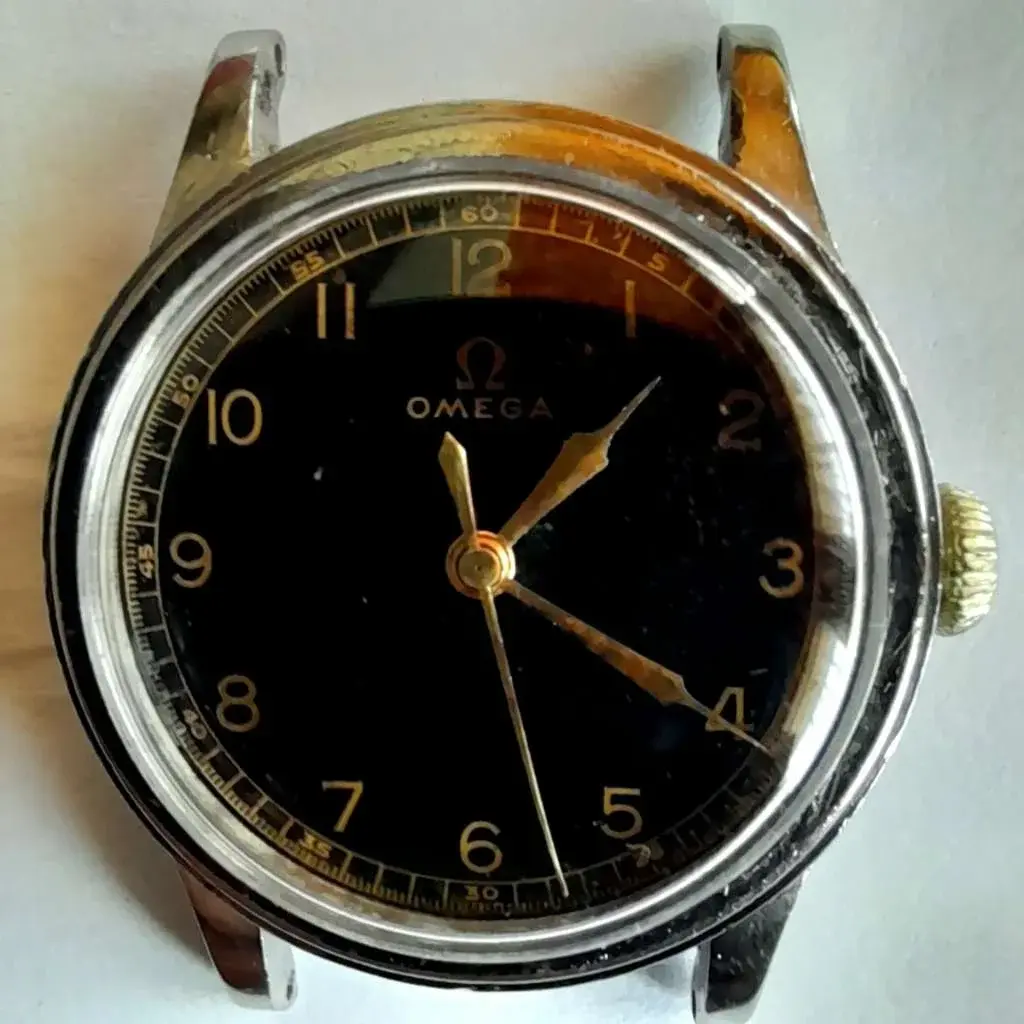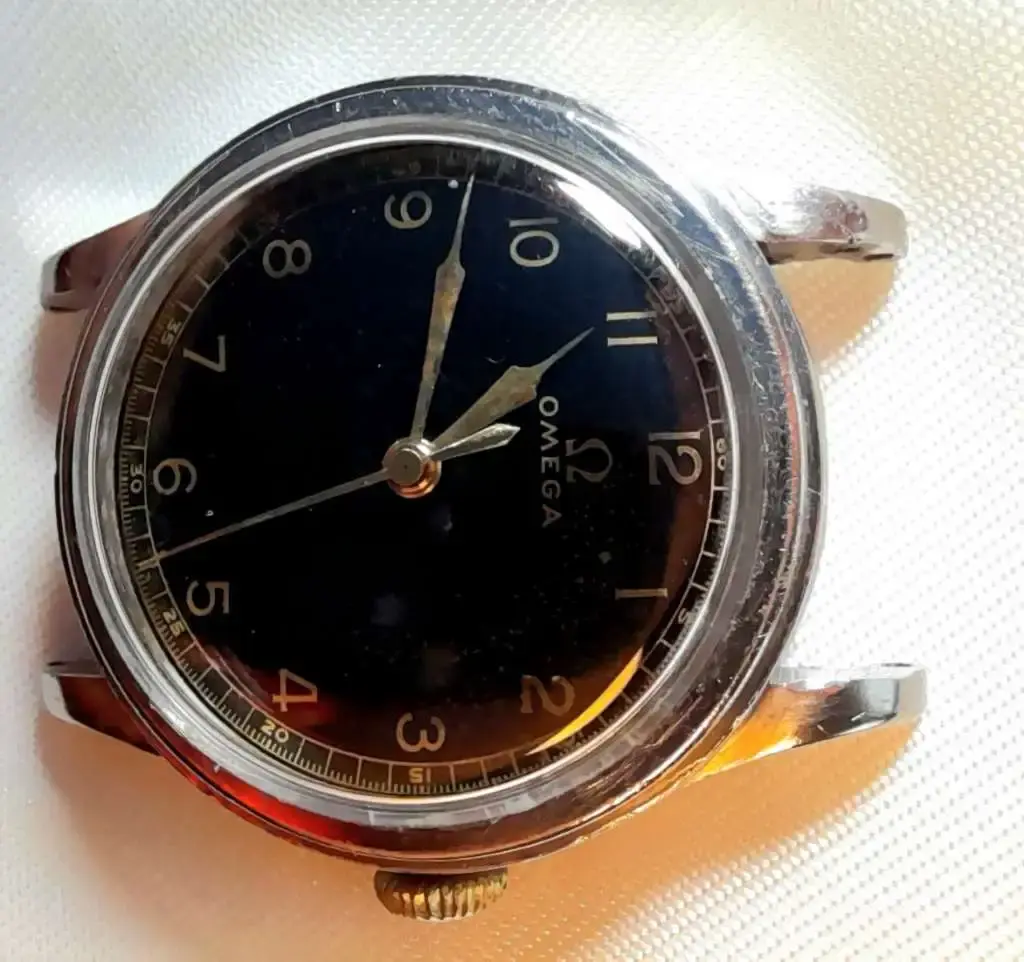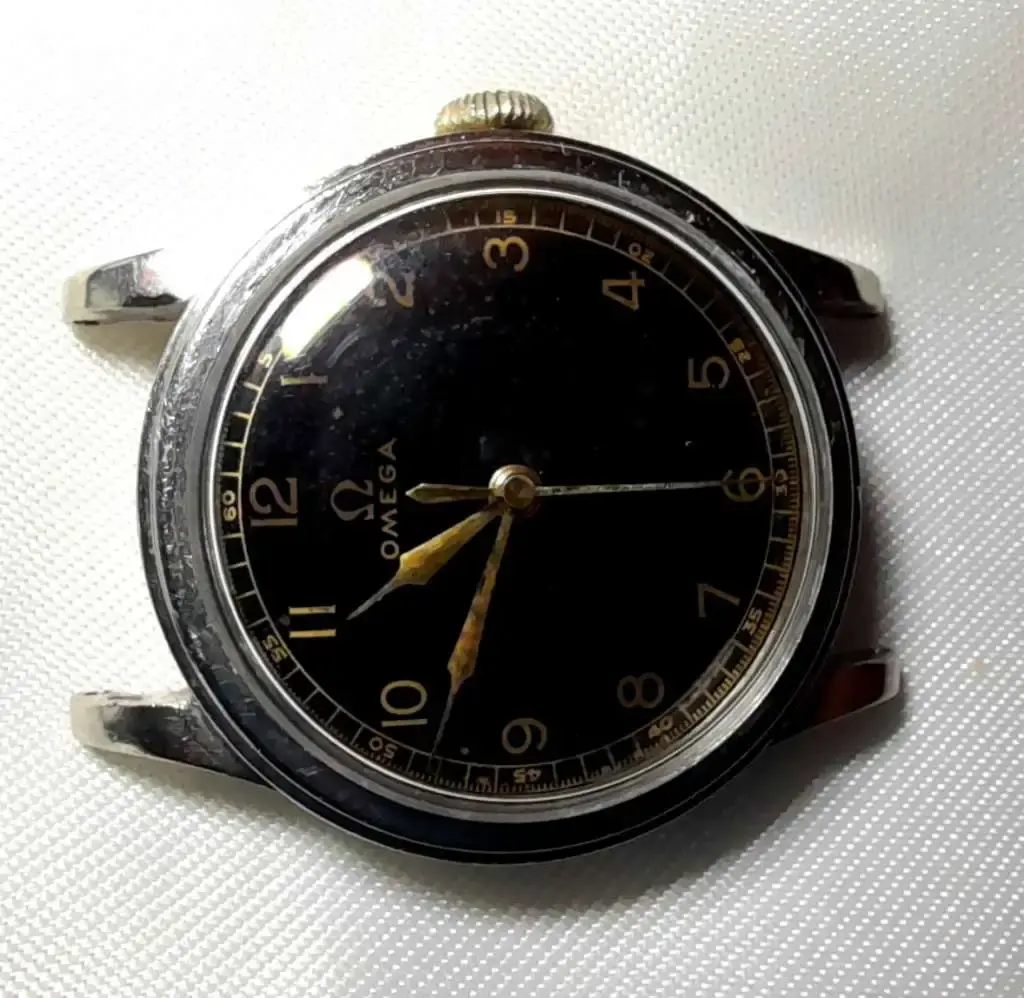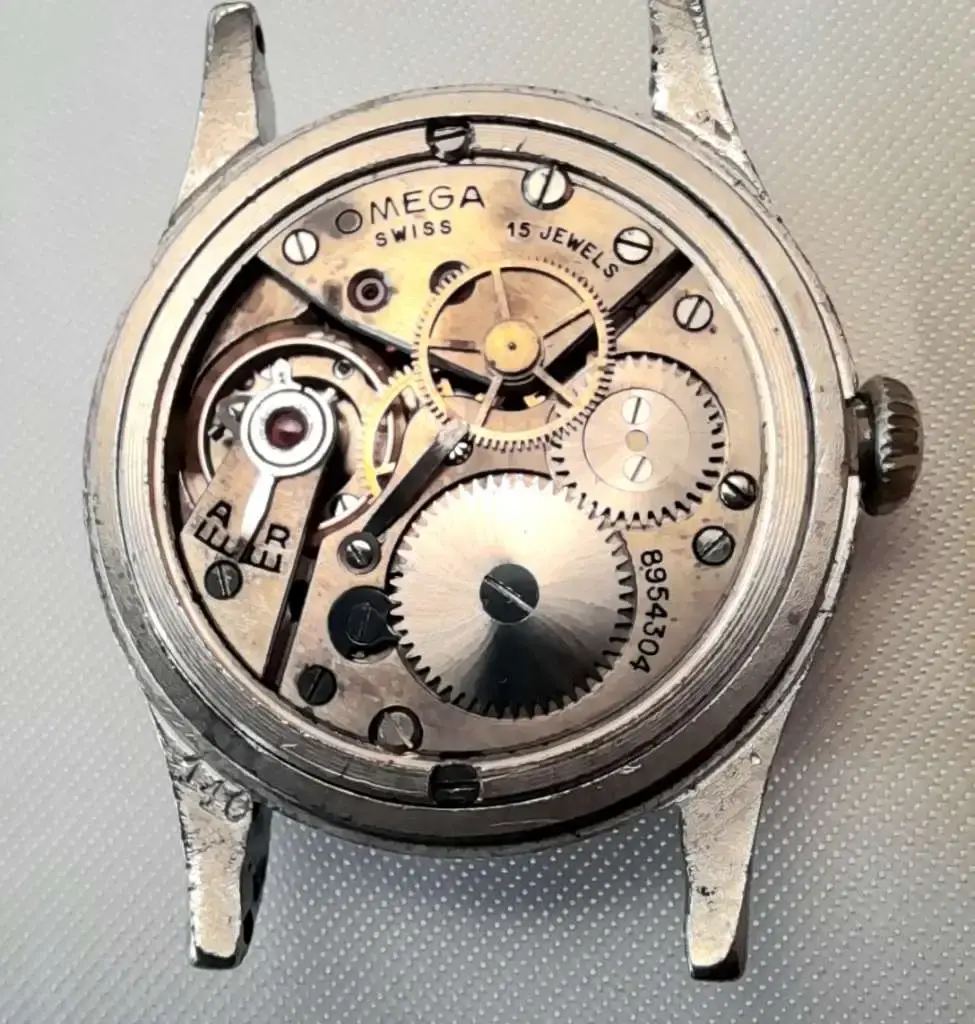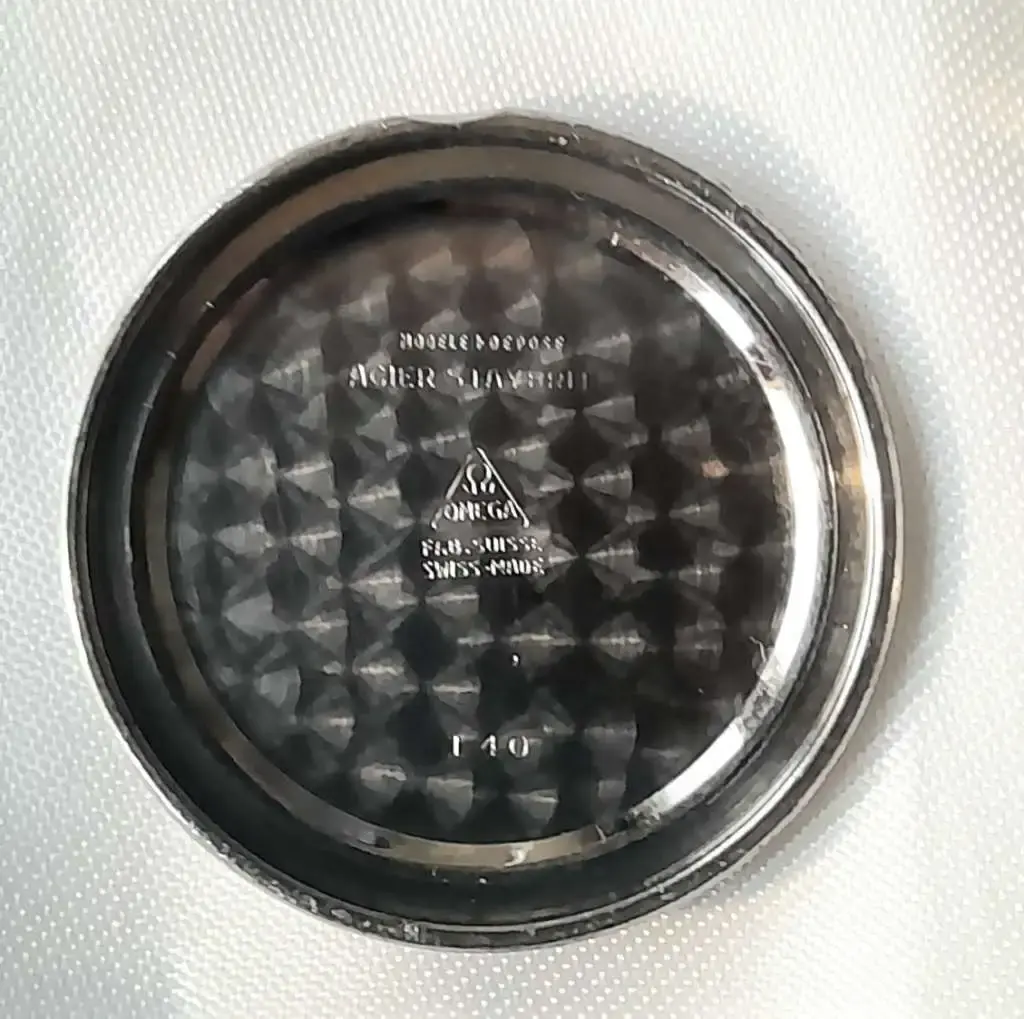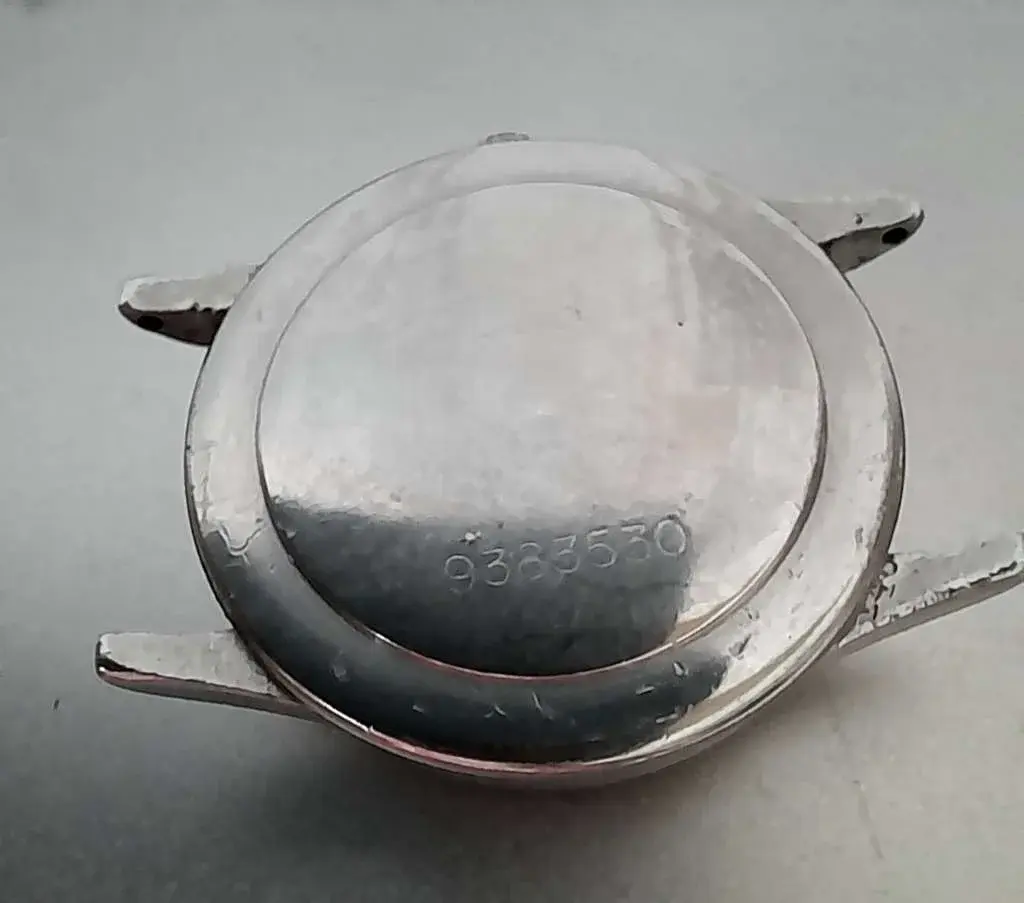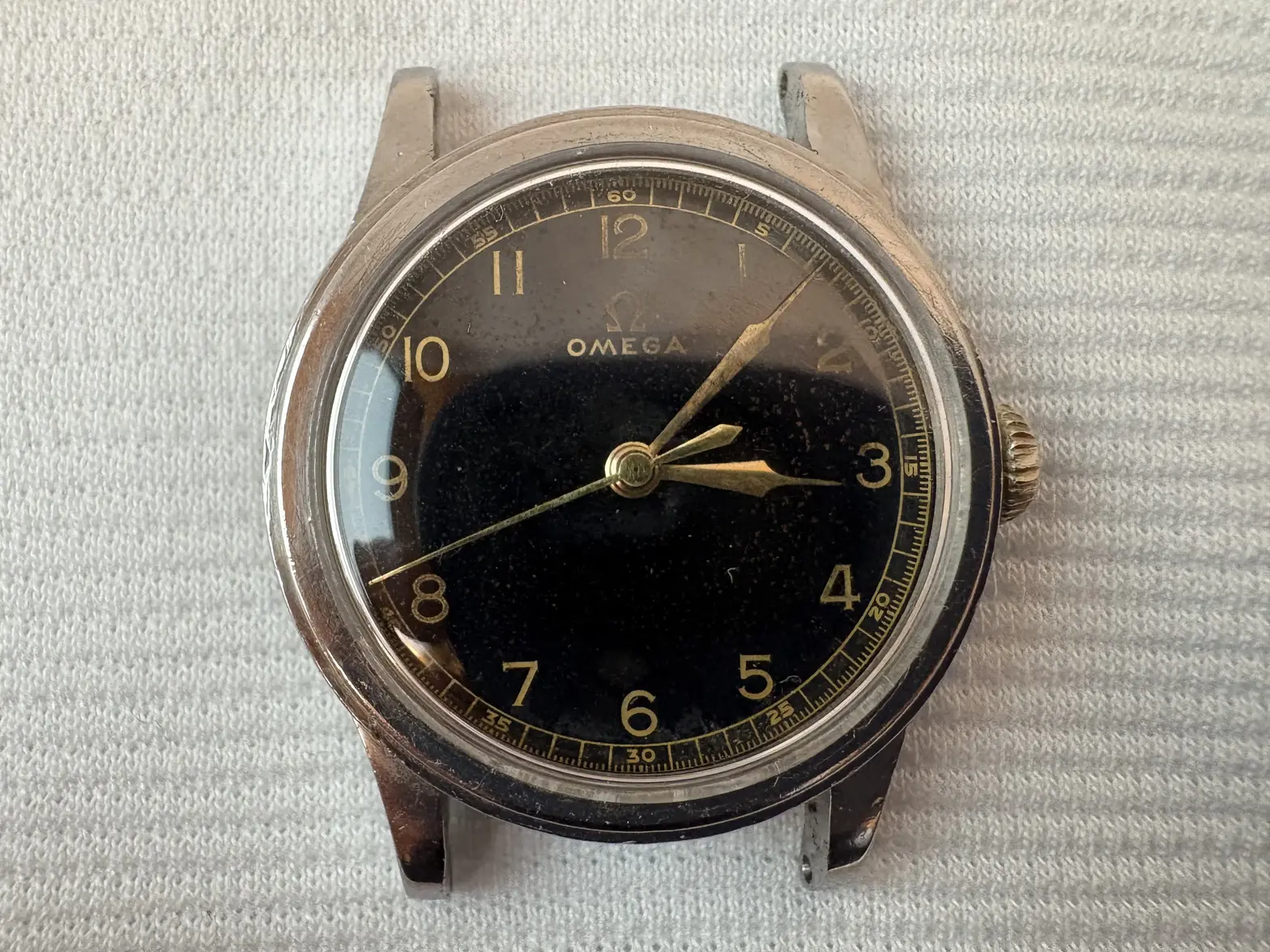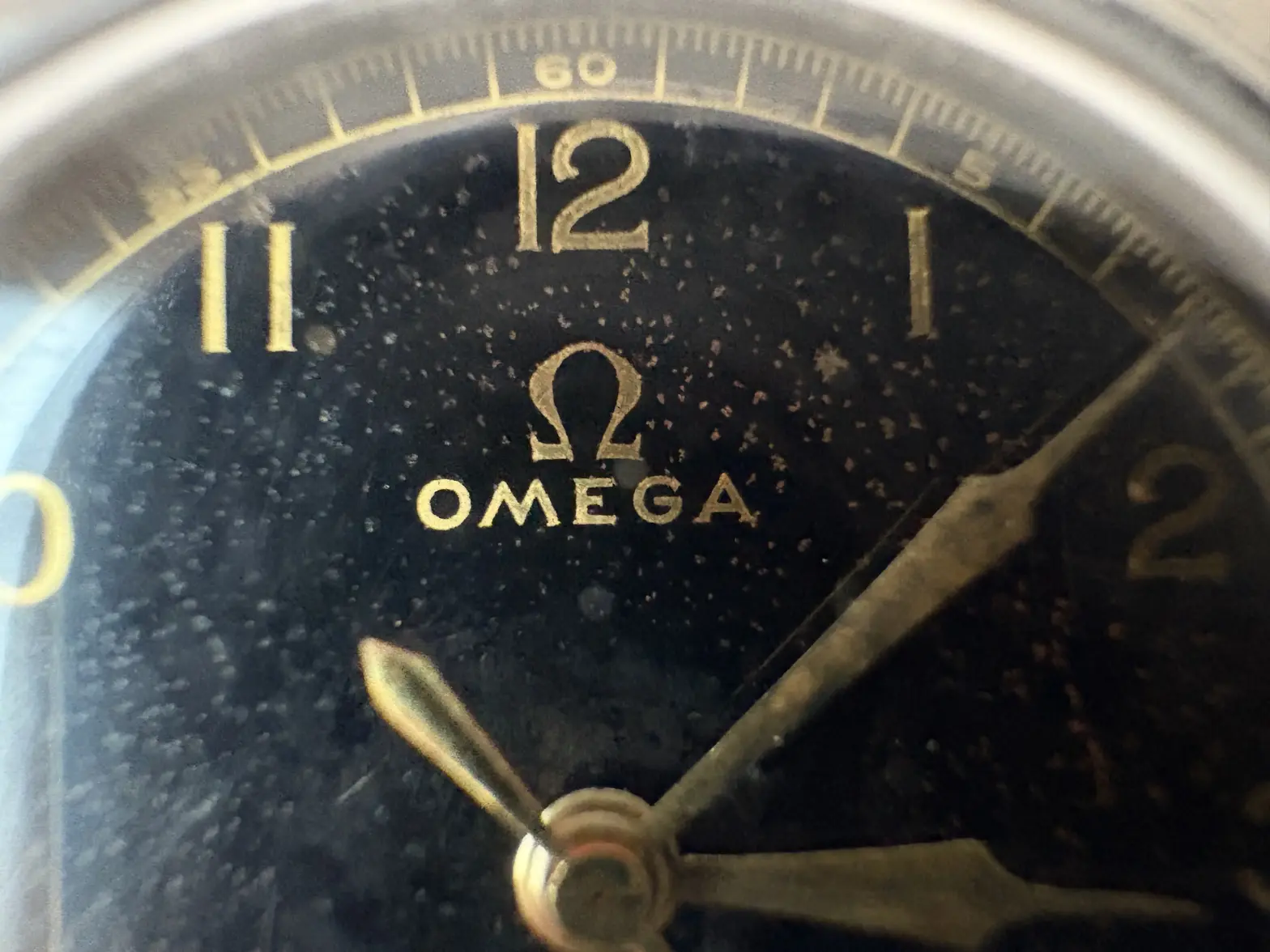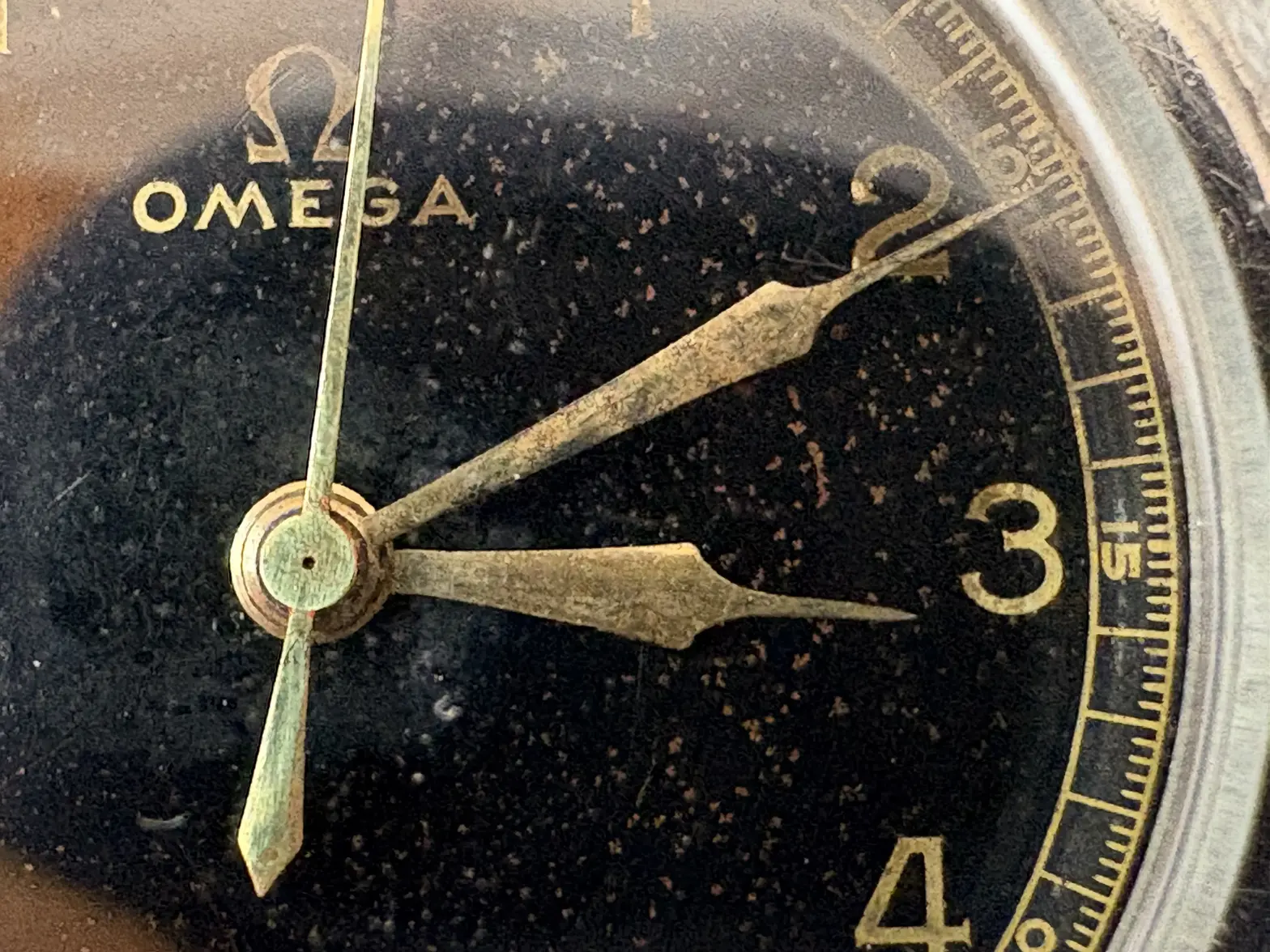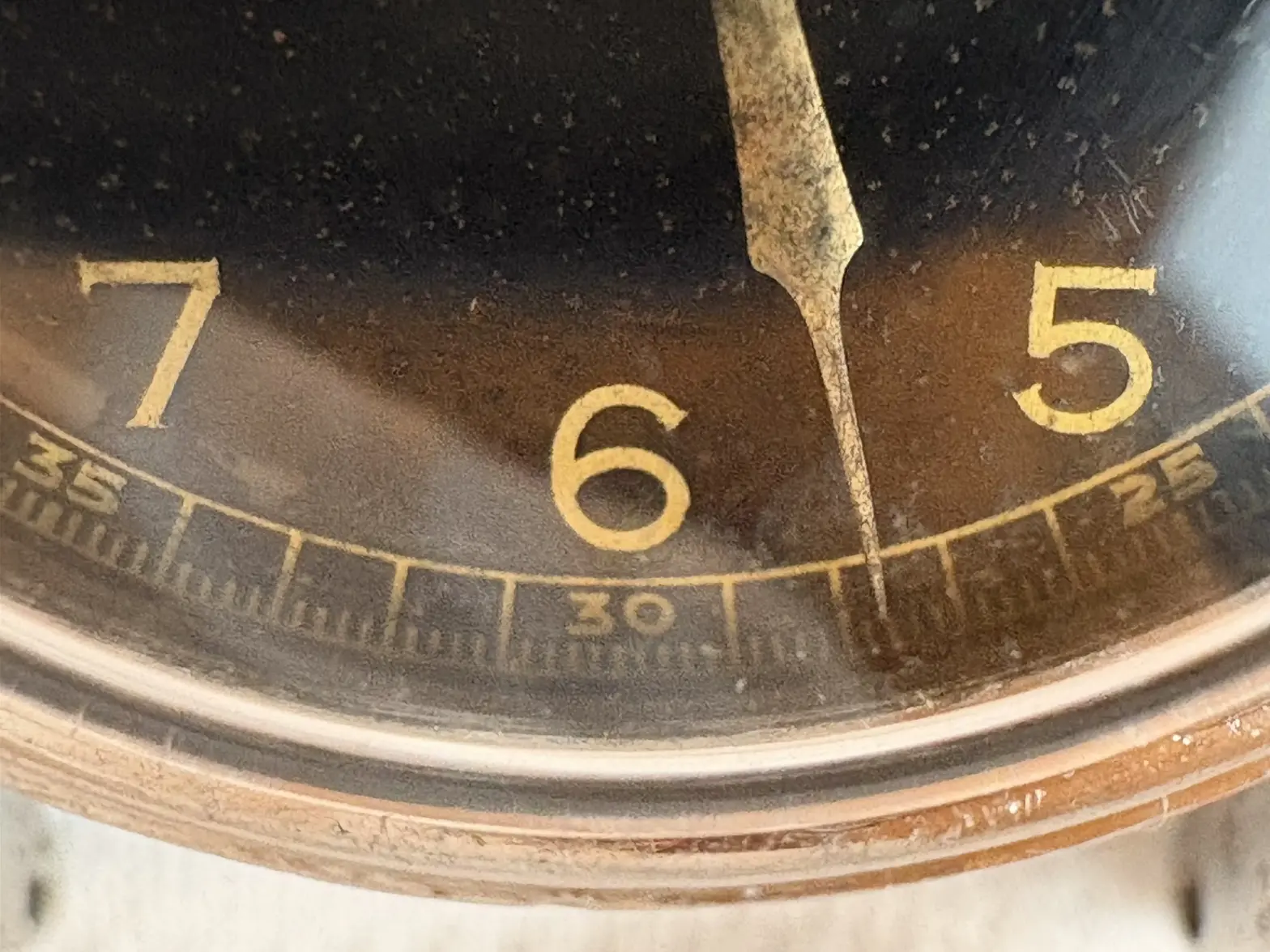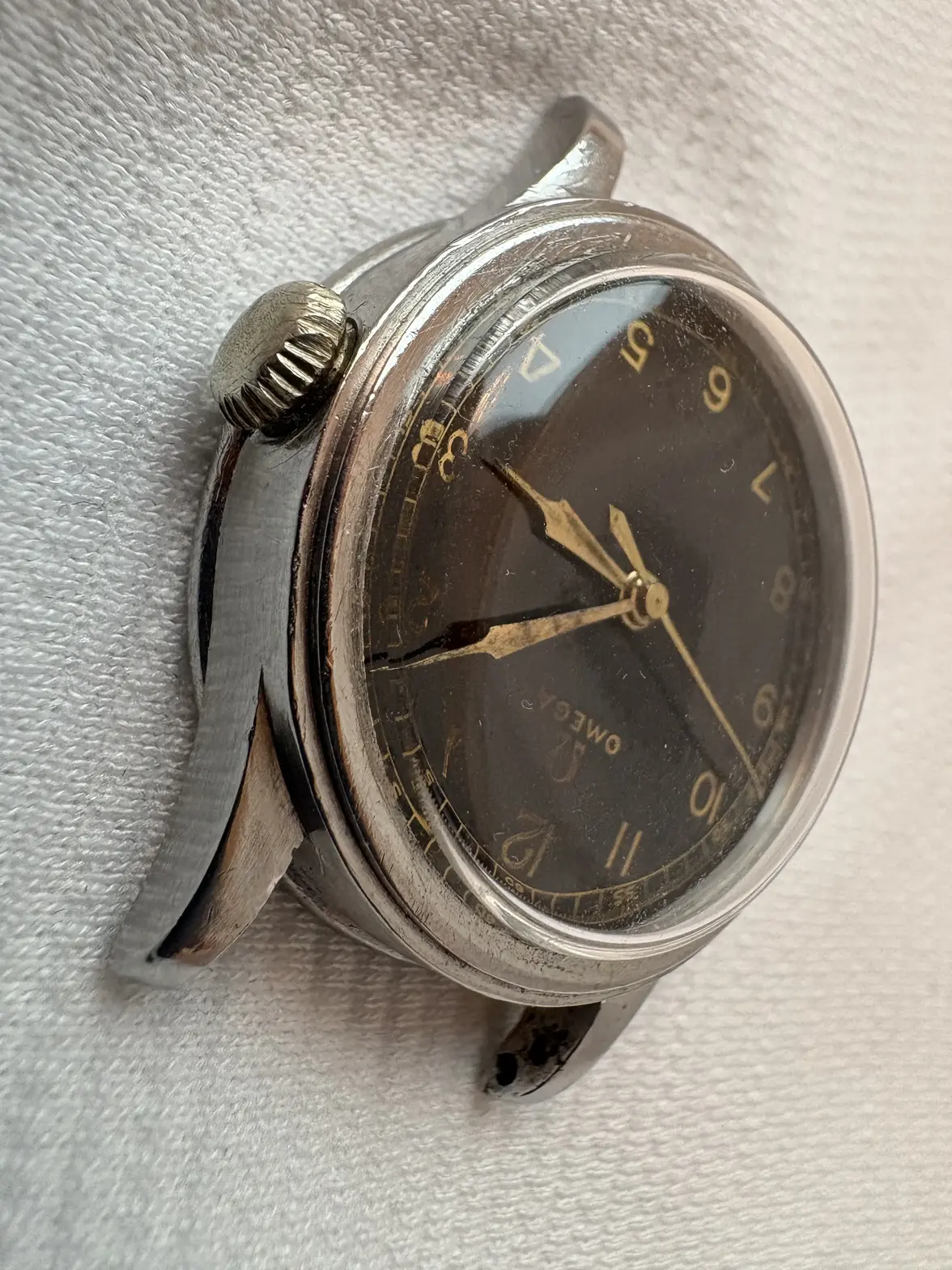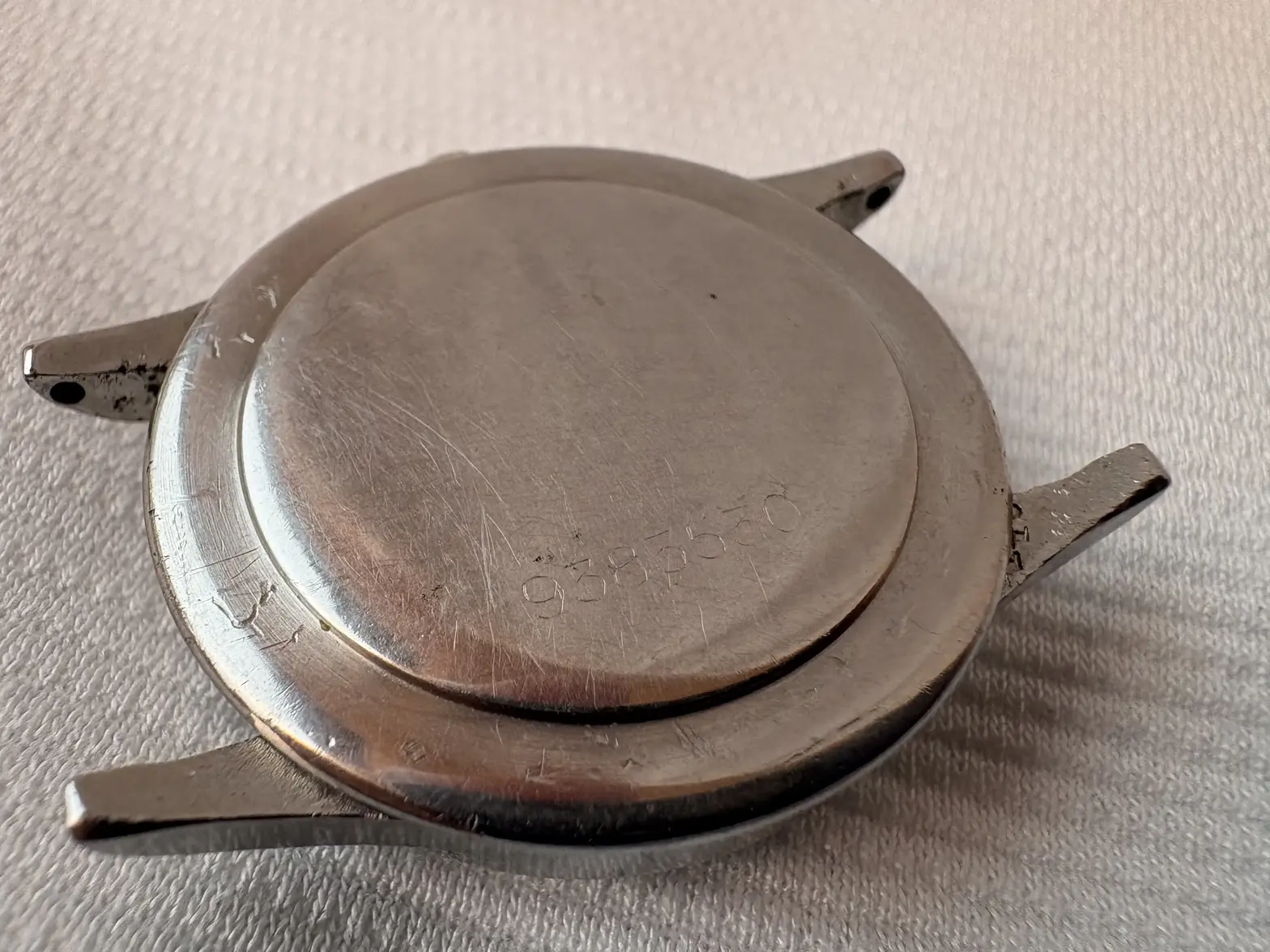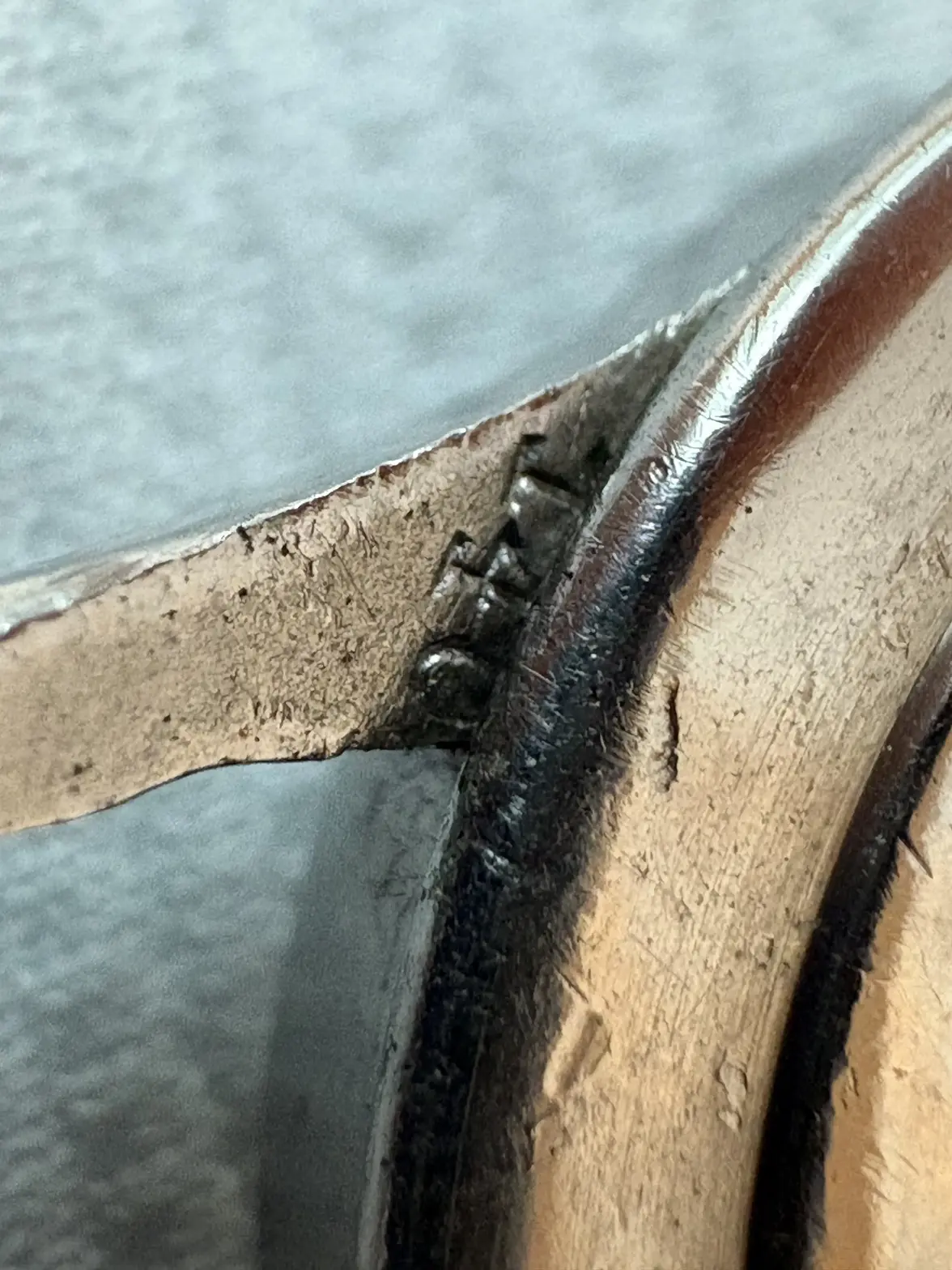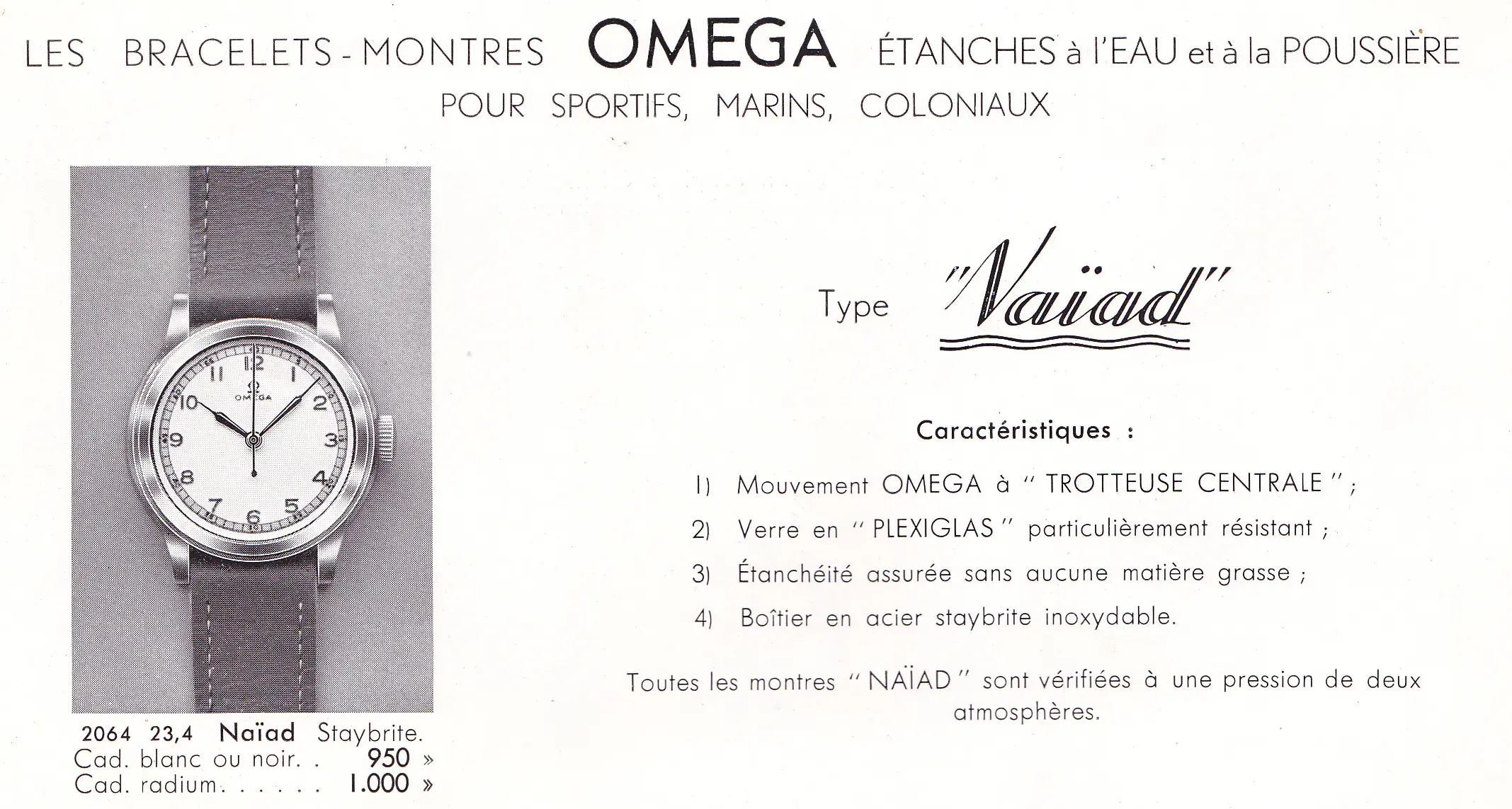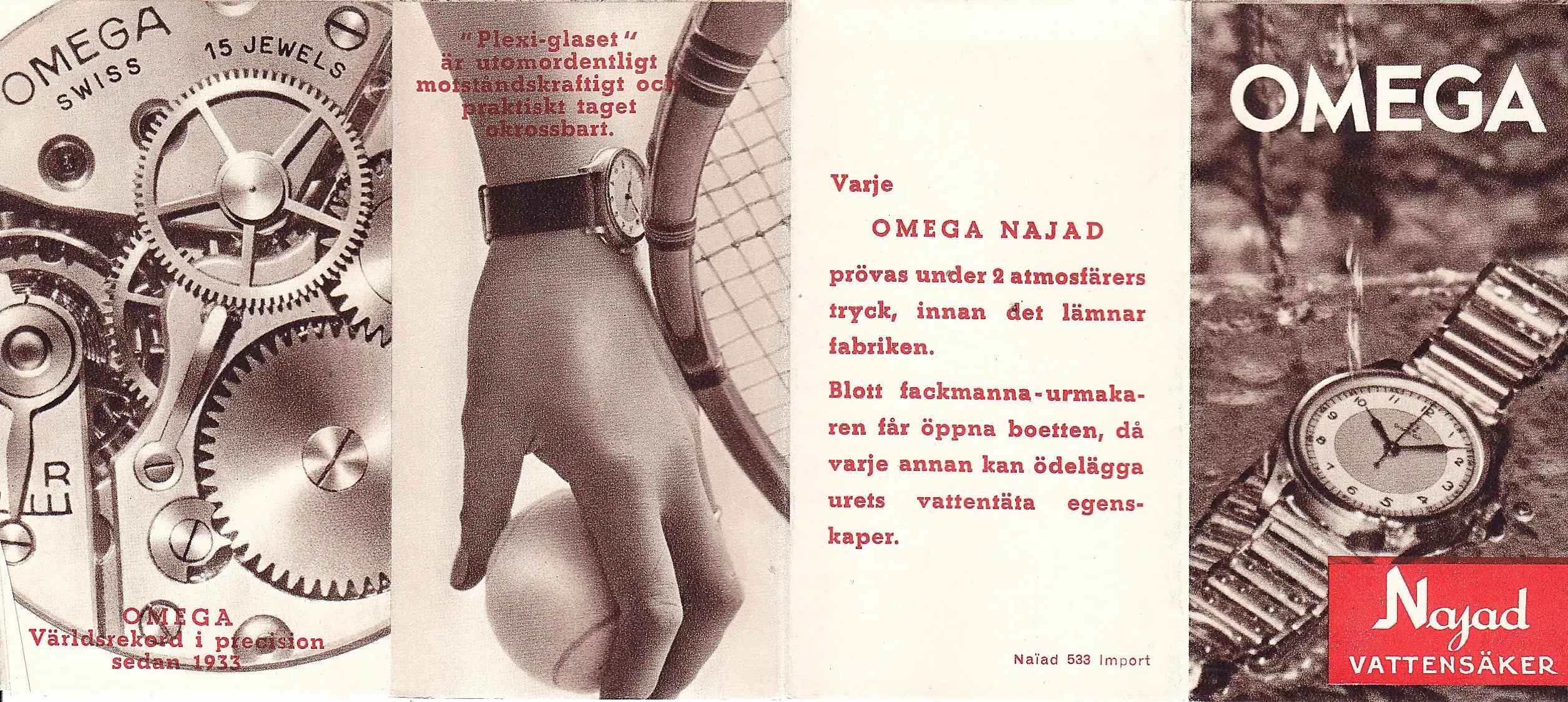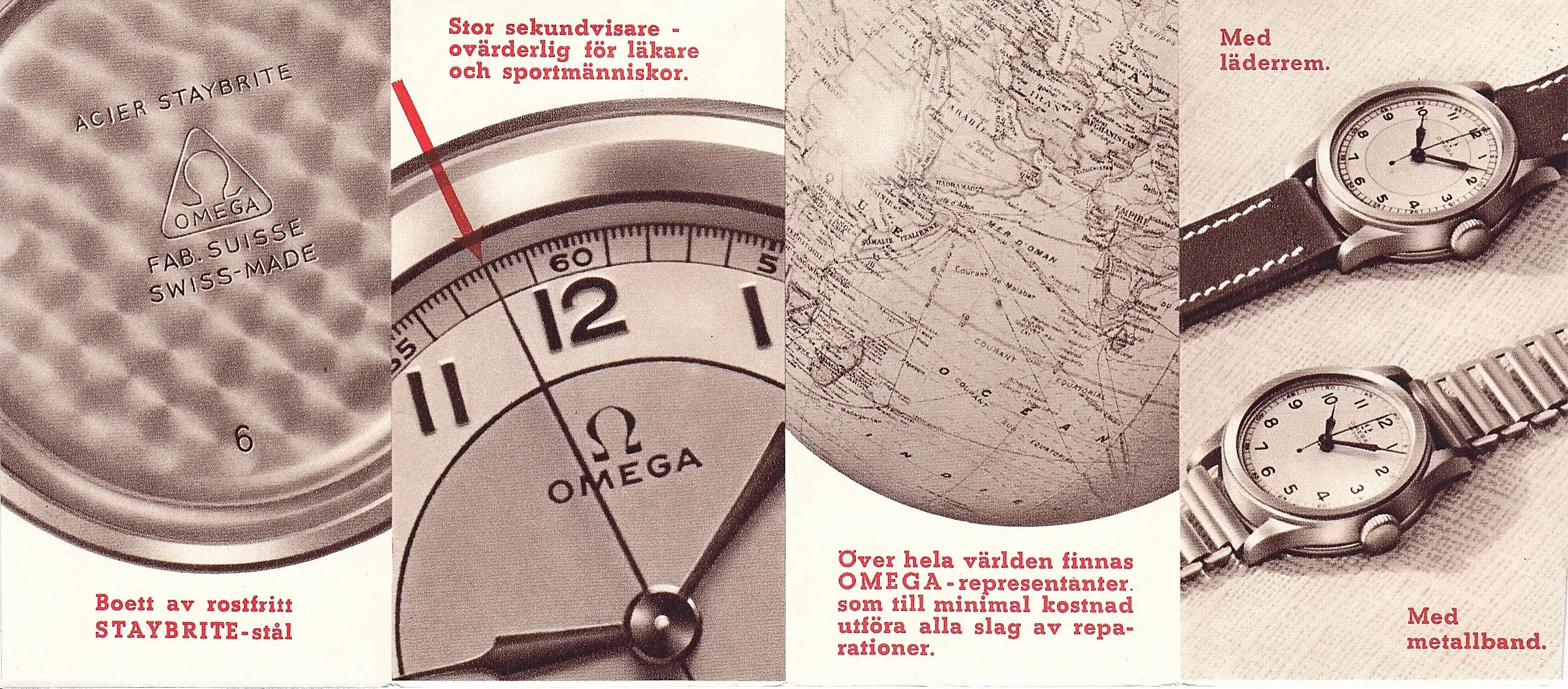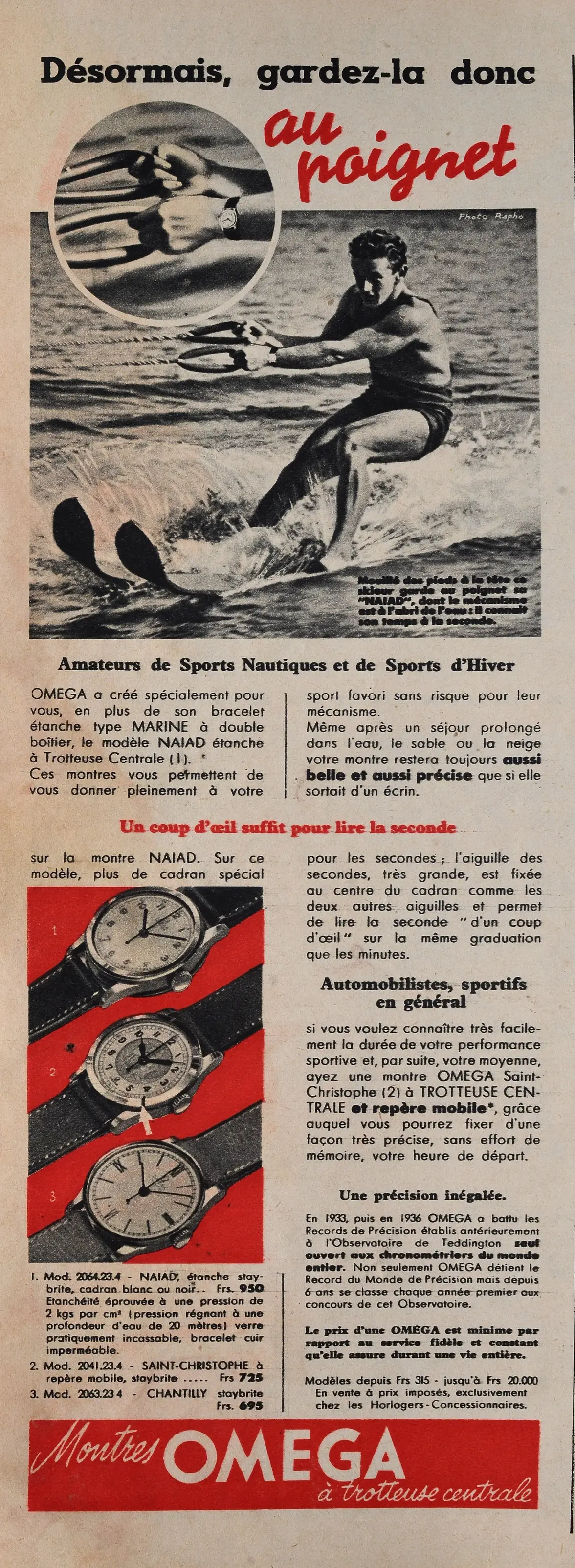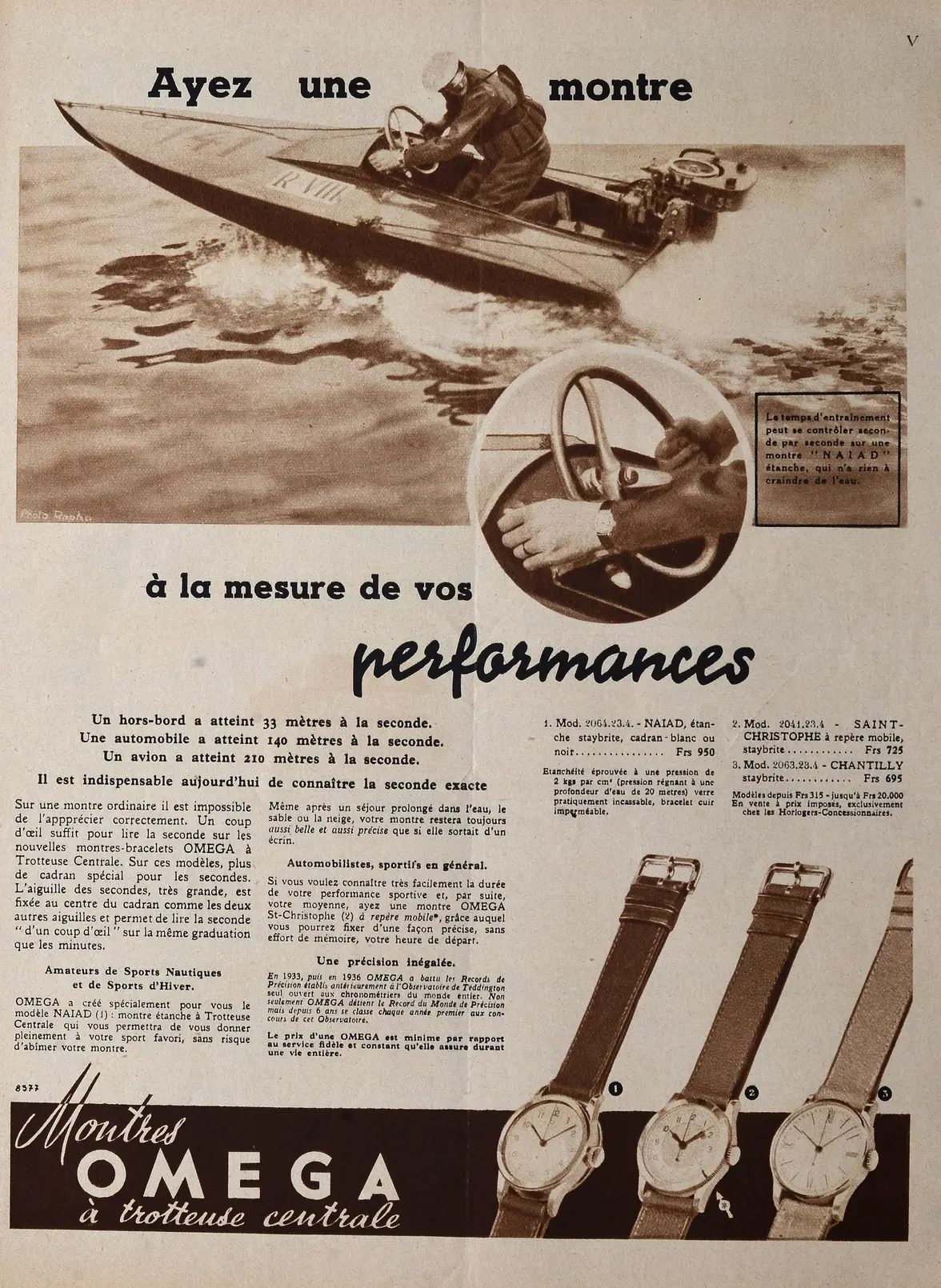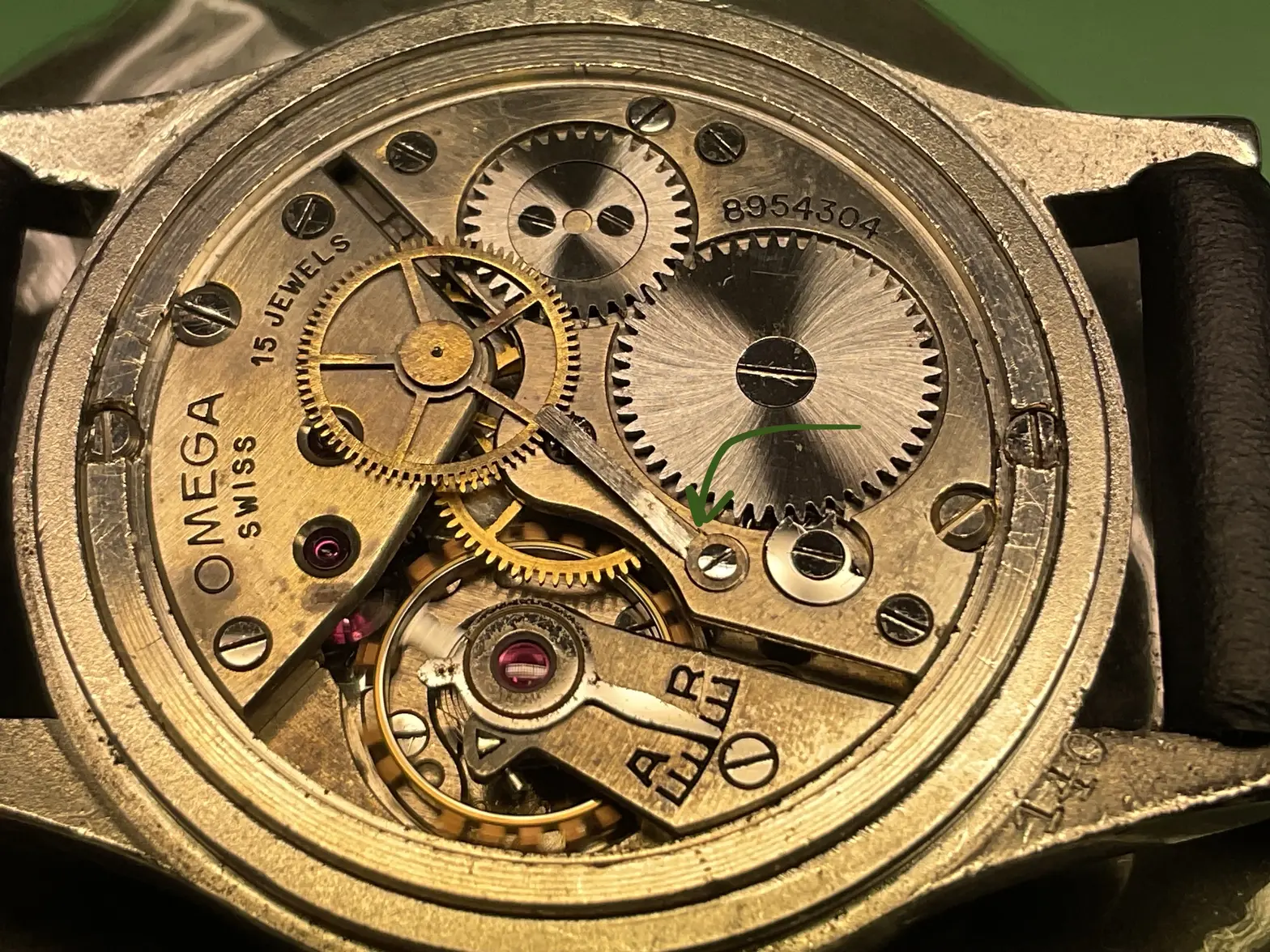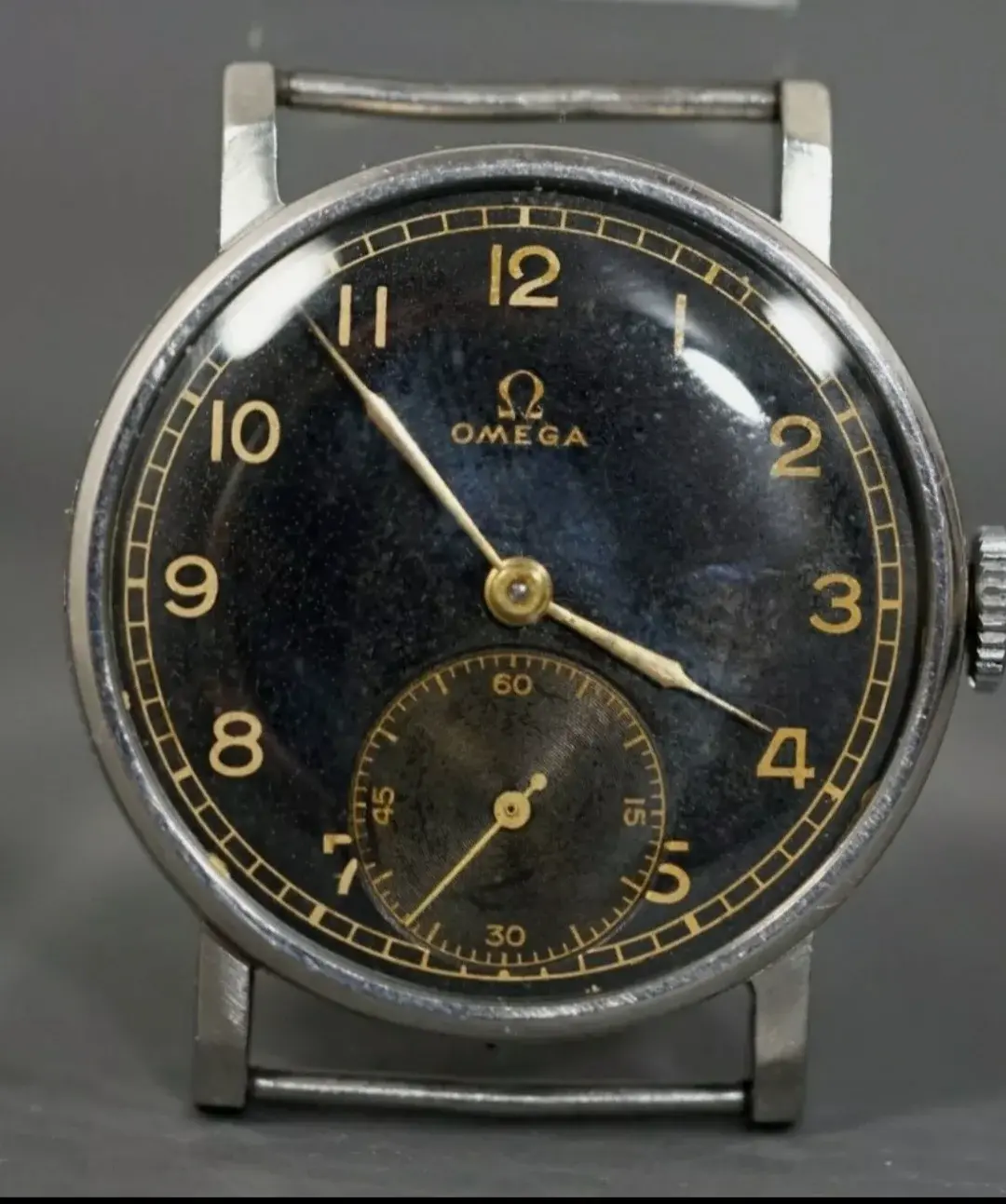watchmann44232
·Hello All, I came across this Omega that seems to be from 1938/1939 period with Omega 23.4 SC(?) movement. I'm planning to drive over to the seller on Sat to check it out. But before doing so, I wanted to ask Your opinion regarding it - how legit is this specimen? (sorry about the poor pictures). It looks pretty legit to me, but to which extent, I'm not sure (I tried to look online, but only thing I am pretty confident is that dials (looking) like pictured existed around that time period, and that movement appears to be 23.4 SC). Any help highly appreciated.
(as a side note, I have no watches older than 1950s, so this would be a bit of a new frontier for me...)
(as a side note, I have no watches older than 1950s, so this would be a bit of a new frontier for me...)
Edited:
